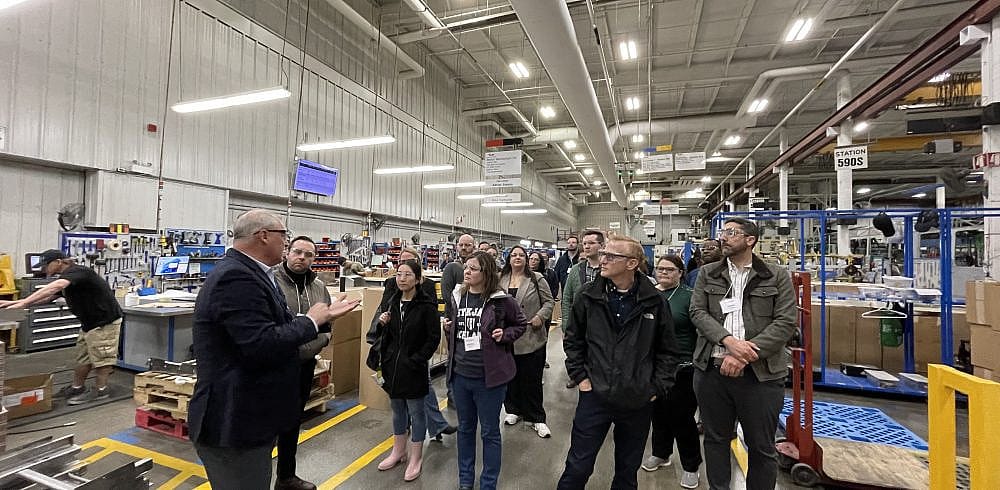3-minute read
Written by: Jamil Ahmed, Policy & Research Analyst
Small businesses in Manitoba are facing a challenging labour market paradox. With a 4.8% unemployment rate in April, the province continues to have one of the lowest rates in Canada, even though the minimum wage will increase to $15.30 per hour by October 2023. This is a challenge for small businesses since they must compete for workers in a competitive labour market while simultaneously managing rising wage expenses and inflation. Let’s look at several best practices and tactics small firms may use to attract and keep employees in this competitive industry.
Here are some best practices and strategies:
Pay and benefits
Smaller businesses often need help matching larger companies’ and industries’ wages and benefits. It is ideal for smaller firms to still offer competitive packages that reflect market conditions and the value of their employees. According to Forbes, small businesses may express support for employee needs by implementing profit-sharing plans, flexible work schedules, wellness benefits, and employee discounts.
Training and development: Small businesses can invest in learning new skills and advancing their careers. Employers, for example, can offer on-the-job training, online courses, and tuition reimbursement. In addition, small businesses can apply for the Canada-Manitoba Job Grant, a government grant that can cover up to two-thirds of the cost of new or current employee training.
Work culture and employee well-being
Small businesses should create a positive and supportive work culture for their workers. They can encourage teamwork, celebrate achievements and milestones, listen to feedback and suggestions, and give feedback. Occasionally, employers should express gratitude and recognition for their workers’ hard work and dedication. Small businesses should care for their workers’ health and safety.
However, more than these tips are needed to overcome the labour shortages that Manitoba is facing due to population aging, migration patterns, and skill mismatches. Manitoba’s chronic province-wide undersupply of labour limits the growth potential of small businesses that need more qualified staff. Moreover, at 5.2%, Manitoba’s inflation rate is the highest among provinces, putting continuous pressure on the operating costs of small businesses. According to the 2023 Q1 findings of the Canadian Survey on Business Conditions (CSBC), 36% of companies in Winnipeg expect to raise their selling prices to maintain profitability, followed by a reduction in investment to cut costs, which may further fuel the wage-price spiral and reduce their competitiveness.
In conclusion, small businesses in Manitoba must proactively attract and retain workers in a tight labour market while surviving higher labour costs and inflation. Offering competitive compensation and benefits, providing training and development opportunities, creating a positive work culture, supporting employee well-being, and showing appreciation for their employees are some best practices and strategies that can help small businesses succeed in this challenging environment.




